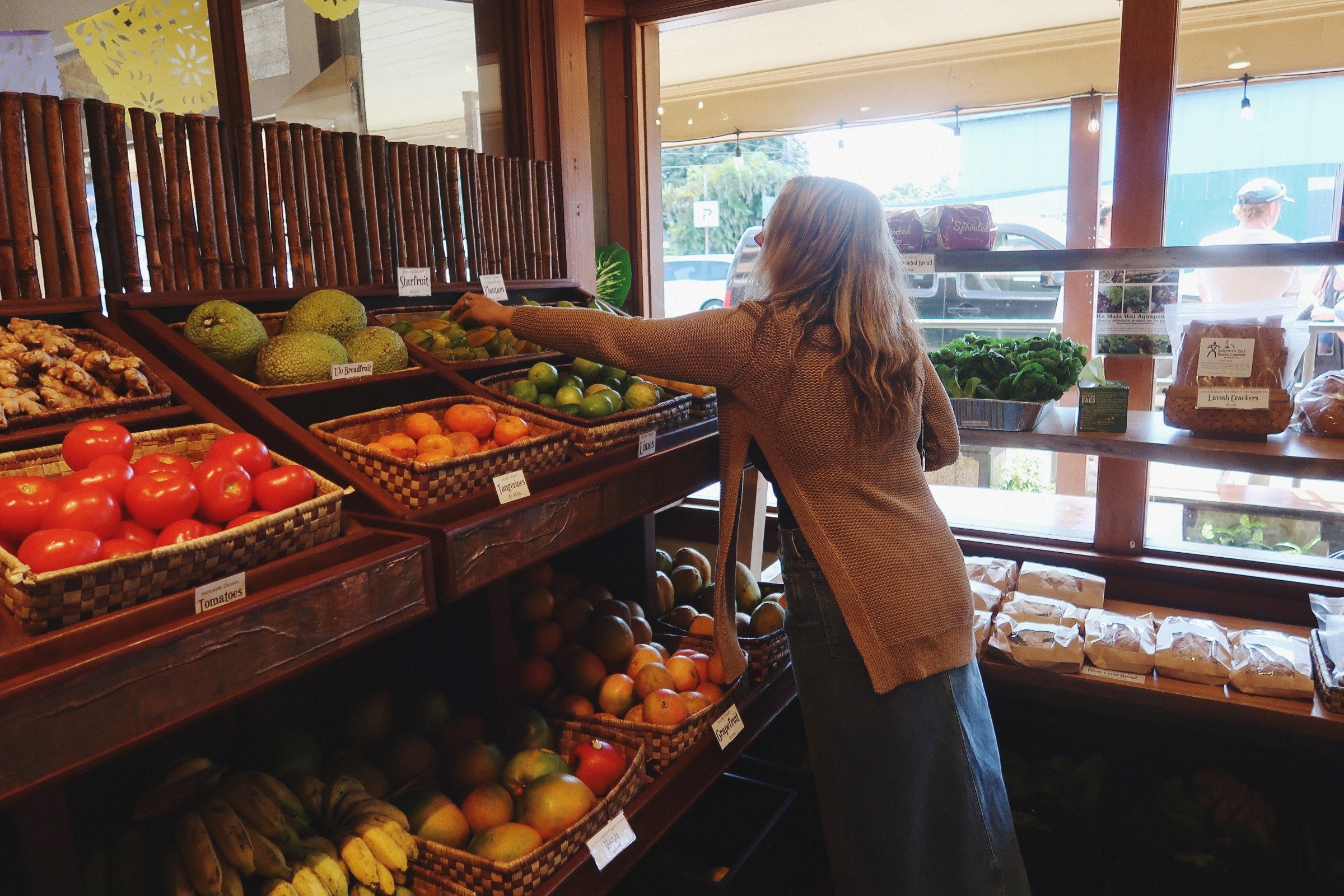How to Pick the Best Produce: Your Ultimate Market Guide
After years of market trips and countless conversations with local farmers, I've cracked the code on selecting the freshest, most nutrient-dense produce. Here's your cheat sheet for gut-healthy fruits and vegetables that are actually worth your money.
Leafy Greens: The Foundation Look for:
Crisp, vibrant leaves (indicates freshness and nutrient content)
No yellow edges or brown spots
Firm stems that snap cleanly
Sweet smell (bitter smell = past prime)
Pro tip: Squeeze the bunch—should feel dense and springy, not limp
Avocados: Perfect Timing
Gently press near stem
Color guide:
Too hard = bright green
Ready in 2 days = darker green
Ready tomorrow = almost black, slight give
Ready now = gentle thumb indent
Skip if: stem end is sunken or brown
Berries: Maximum Antioxidants
Check the bottom of container
Look for dry, firm berries
Smell test: should be fragrant
Avoid: any fuzzy or mushy spots
Best buy: slightly underripe for longer shelf life
Root Vegetables Carrots:
Firm, bright color
Greens still attached = fresher
Avoid rubber-like bend
Sweet Potatoes:
Firm, no soft spots
Even coloring
Medium size (best flavor)
Cruciferous Superstars Broccoli & Cauliflower:
Tight, compact florets
No yellowing
Heavy for size
Crisp leaves attached
Seasonal Picks by Season
Spring:
Asparagus (tight tips, firm stalks)
Peas (bright, plump pods)
Artichokes (heavy, tight leaves)
Summer:
Tomatoes (firm, fragrant)
Corn (green husks, brown silk)
Cucumber (firm, dark green)
Fall:
Squash (hard shell, no soft spots)
Apples (firm, no bruises)
Brussels sprouts (tight, bright green)
Winter:
Citrus (heavy for size)
Pomegranates (heavy, no cracks)
Kale (crisp, deep color)
Money-Saving Tips:
Buy what's in season
Check farmers markets near closing
Look for "ugly" produce
Buy whole heads vs pre-cut
Store properly for longevity
Storage Quick Guide:
Never store these together (ethylene producers):
Apples
Bananas
Avocados
Pears
Keep these in dark, cool places:
Potatoes
Onions
Garlic
Winter squash
Organic Priority List: Always organic (highest pesticide exposure):
Strawberries
Spinach
Kale
Apples
Grapes
Can go conventional:
Avocados
Sweet corn
Pineapple
Onions
Sweet peas
Quick Quality Checks:
Weight test: heavier = fresher
Smell test: should be subtly fragrant
Pressure test: firm with slight give
Color test: vibrant, even coloring
Stem check: fresh, green stems
Remember: The best produce is the produce you'll actually eat. Start with these guidelines but trust your instincts too!

